 With the launch of a completely new pump design for LNG, Svanehøj becomes the first supplier on the marine market to offer both deepwell pumps and submerged pumps for electric fuel systems. The aim is to gain a larger share of the attractive and strongly growing LNG market.
With the launch of a completely new pump design for LNG, Svanehøj becomes the first supplier on the marine market to offer both deepwell pumps and submerged pumps for electric fuel systems. The aim is to gain a larger share of the attractive and strongly growing LNG market.
The demand for liquefied gas is increasing, and LNG-powered ships are being ordered like never before. Therefore, Svanehøj is now building on the growth of recent years within liquefied gas solutions with an ambitious investment in a new electric submerged pump design for LNG-powered ships. The new CS pump (the name is an abbreviation of cryogenic submerged) is presented this week at the SMM trade fair in Hamburg.
In recent years, Svanehøj has positioned itself strongly as a leading supplier of long-shaft deepwell pumps, where the motor and other electrical parts are located on deck. The CS pump is a submerged pump that is installed at the bottom of the tank. This makes Svanehøj the first supplier in the industry to offer both deepwell pumps and submerged pumps for electric fuel systems.
“With the new CS pump for LNG, we are strengthening our position in a rapidly developing market. We will differentiate ourselves from our competitors by offering advice that is neutral in terms of technology selection. In this way, we want to ensure that the customer always gets the solution that best suits the specific project,” says Johnny Houmann, Director of Sales & Projects at Svanehøj.
The LNG market is growing strongly
The launch of the CS pump takes place at a time when investments in LNG-powered ships are growing strongly. According to the classification society DNV, at the end of August, a total of 316 LNG-powered ships were in operation, while a further 511 ships were on order. In 2021, 240 LNG-powered ships were ordered, which is more than in the four previous years combined. The growth continues in 2022, where the order level is approx. 10% higher than the record year 2021.
At the same time, the LNG market continues to grow, driven by a sharply increasing demand for gas in Asia and Europe. The energy advisor Rystad Energy estimates in an analysis that global investments in LNG infrastructure will grow from USD 27 billion in 2022 to USD 42 billion in 2024. This will lead to a sharp increase in LNG production, which is expected to increase from 380 million tonnes in 2021 to more than 700 million tonnes in 2034.
 Self-cleaning filter solves the problem of clogging
Self-cleaning filter solves the problem of clogging
Among LNG-powered ships with submerged fuel pumps, clogging of the pumps due to impurities in the gas is a well-known problem. Clogging makes a pump less efficient, causes increased wear and operational disruptions. In the design of the CS pump, Svanehøj has solved this challenge by developing a special self-cleaning LNG filter that ensures optimal flow.
Furthermore, Svanehøj has developed its own electric permanent magnet motor especially for the CS pump. With the assistance of external specialists, the Svanehøj engineering team has succeeded in achieving a significantly higher degree of efficiency and lower energy consumption than other engines on the market. In this way, Svanehøj meets the need for solutions that comply with the stricter requirements for ships’ emissions.
“Our ESG focus is about developing technical solutions for ships to support the transition to cleaner energy types. With the CS pump, we meet some technical challenges to ensure a higher efficiency of the pump and improve uptime during operation,” says Johnny Houmann.
The opinions expressed herein are the author's and not necessarily those of The Xinde Marine News.
Please Contact Us at:
media@xindemarine.com



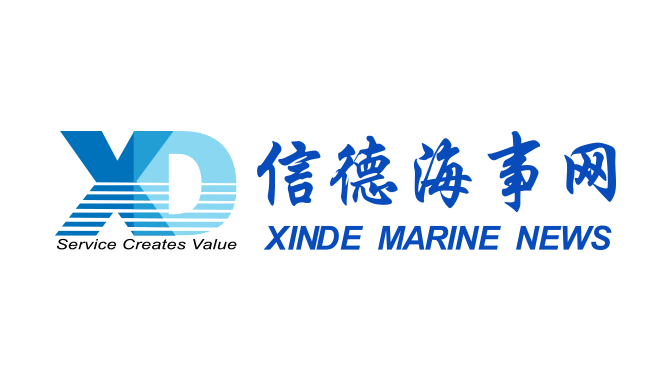 WOODSIDE AND CHINA RESOURCES AGREE LONG-TERM LNG SU
WOODSIDE AND CHINA RESOURCES AGREE LONG-TERM LNG SU 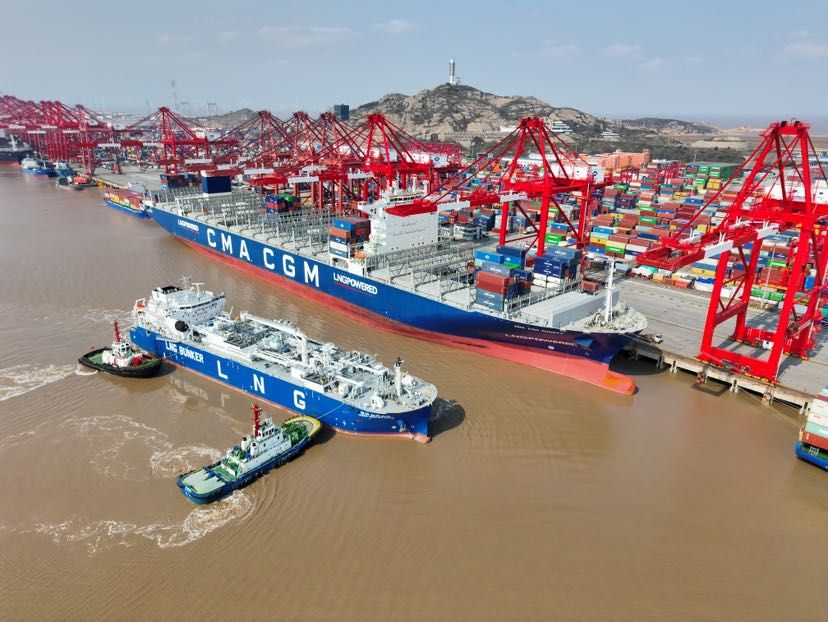 Shanghai Yangshan Port Bunkered Two LNG Powered Con
Shanghai Yangshan Port Bunkered Two LNG Powered Con 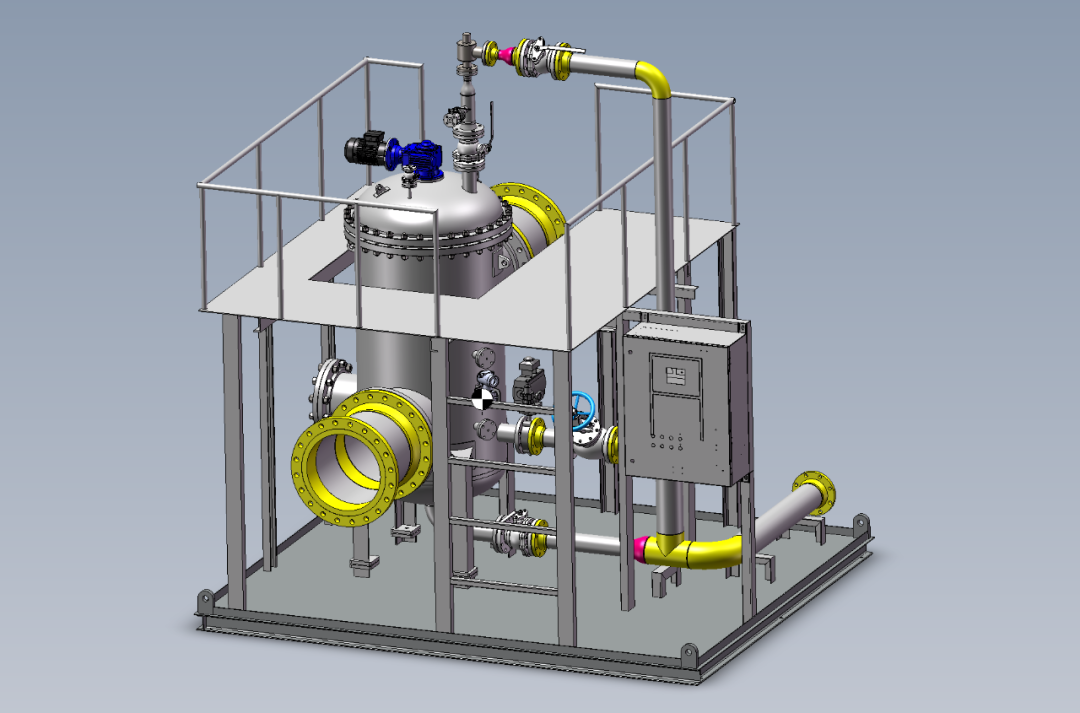 Headway successfully delivers filtration skid solut
Headway successfully delivers filtration skid solut  Celebrating the Launch of “Green Energy Pearl” –
Celebrating the Launch of “Green Energy Pearl” – 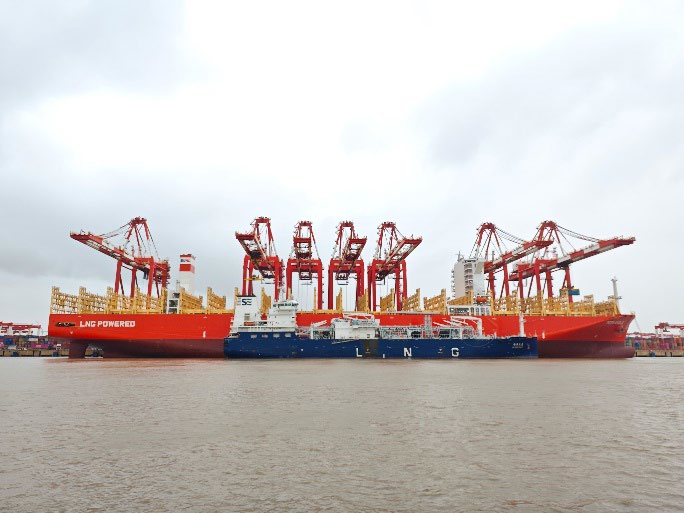 PIL and SSES complete the inaugural LNG bunkering o
PIL and SSES complete the inaugural LNG bunkering o 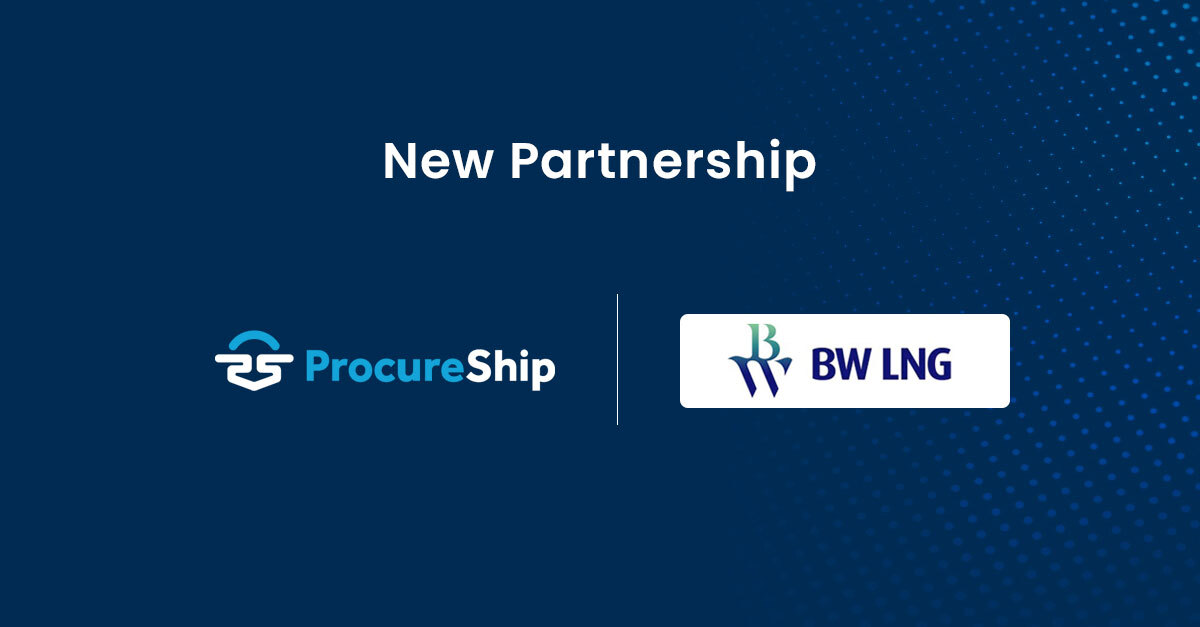 BW LNG secures e-procurement deal with Procureship
BW LNG secures e-procurement deal with Procureship